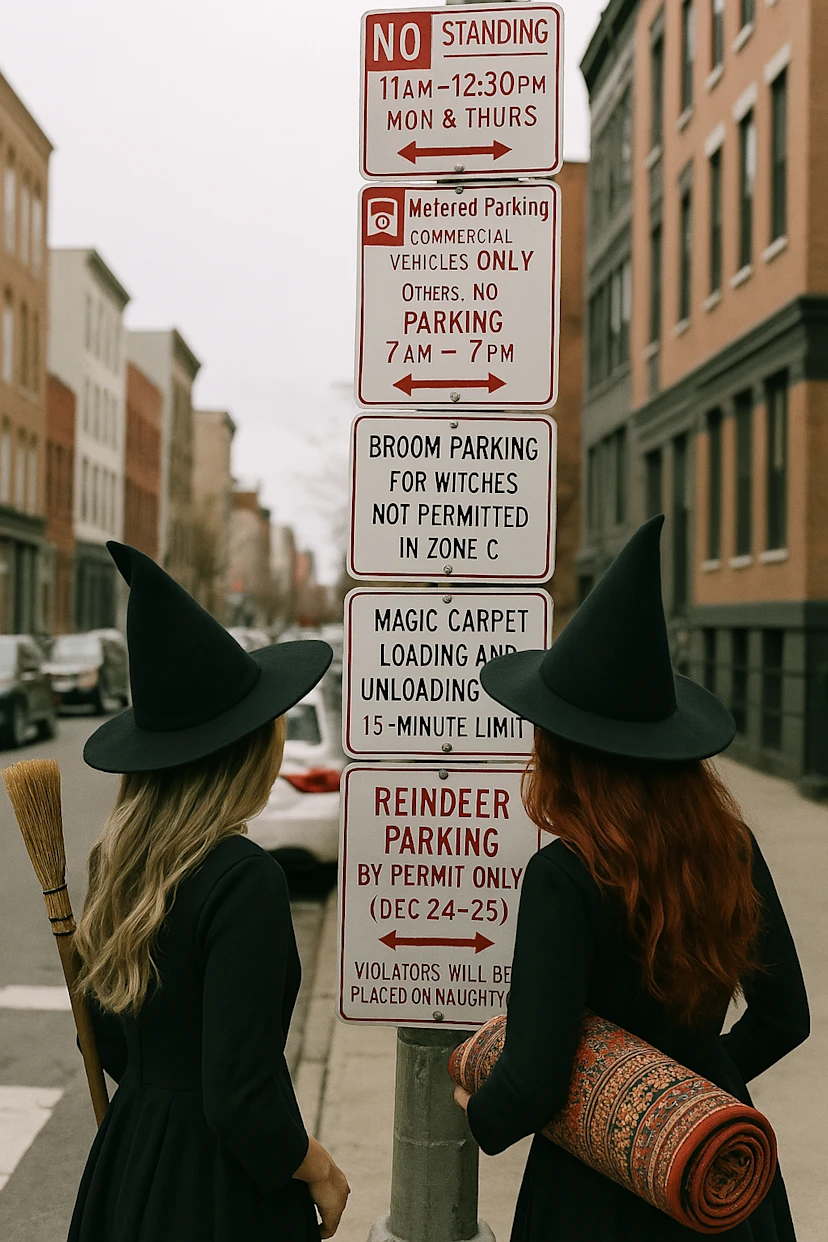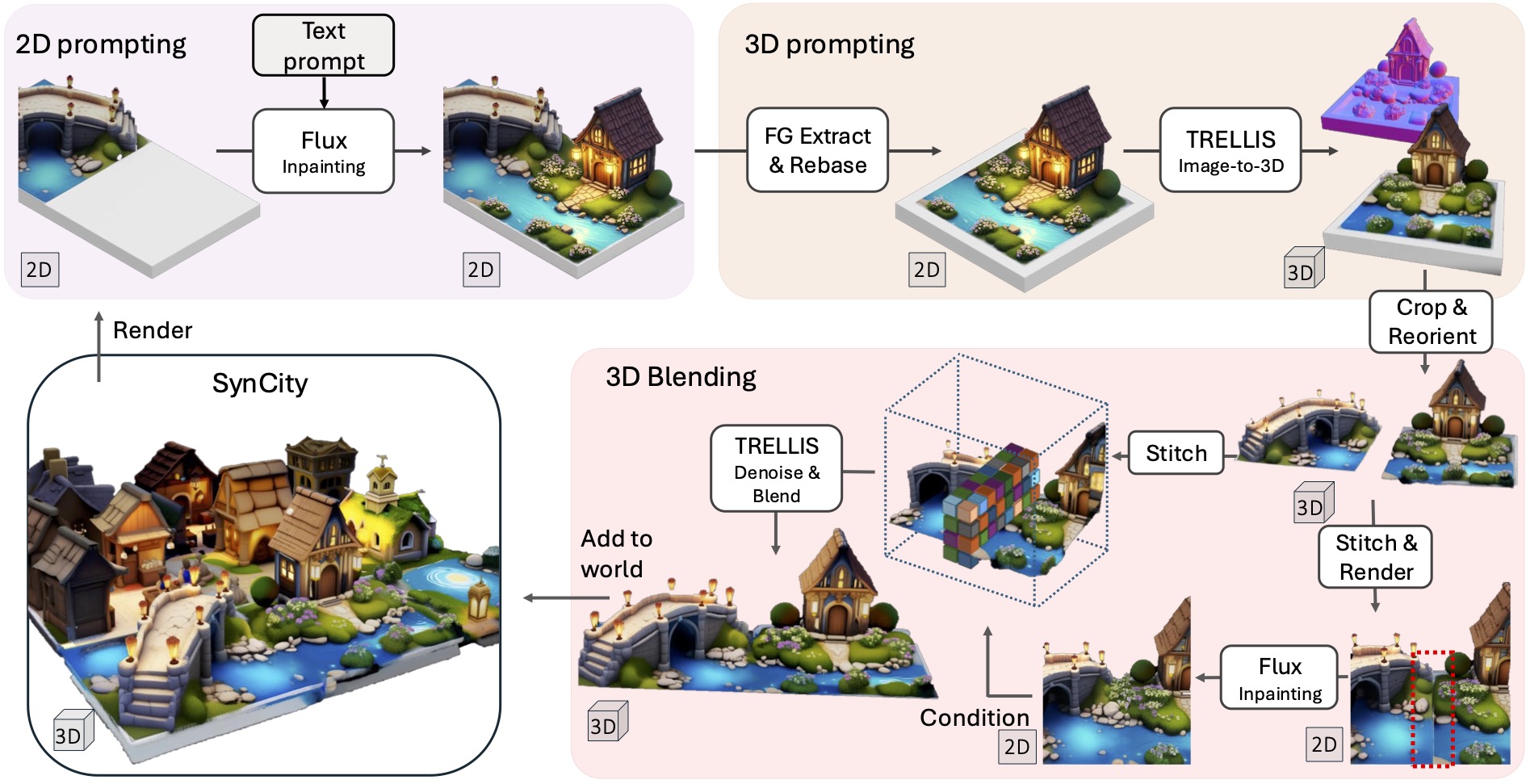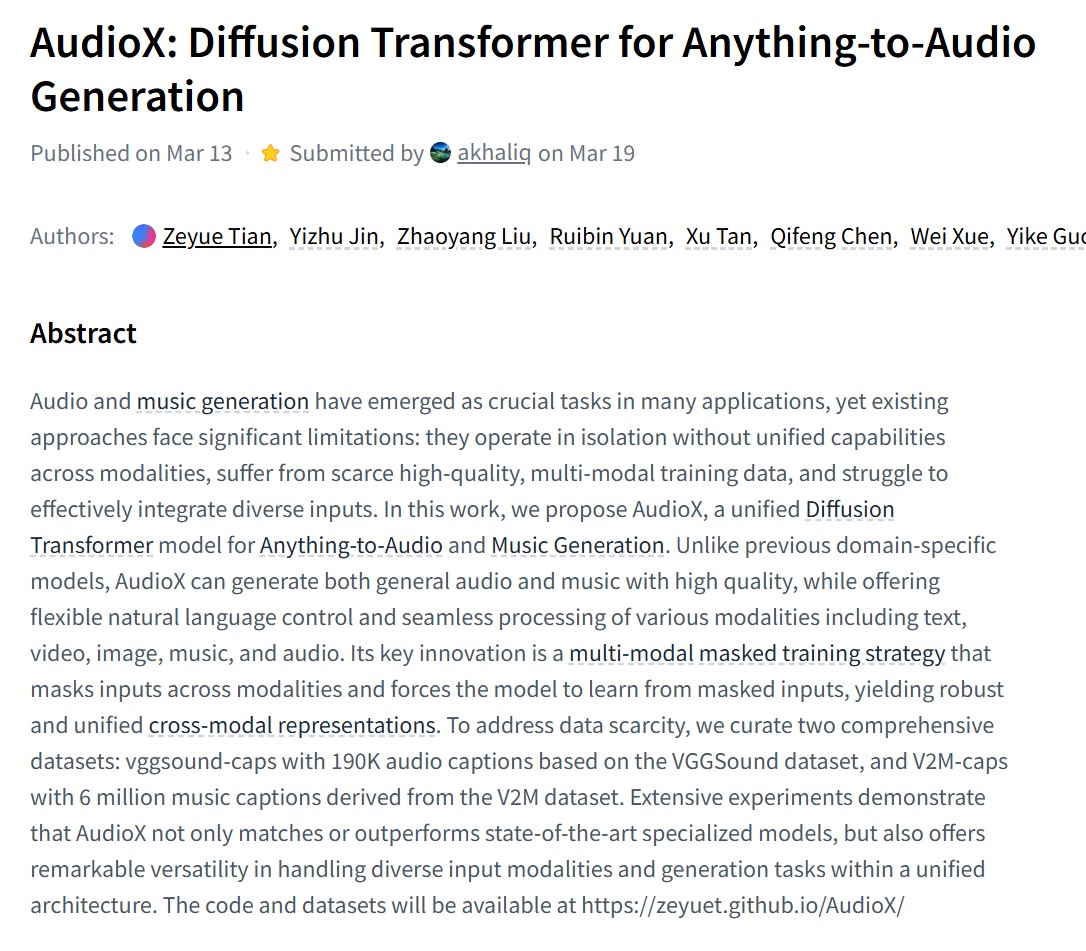BREAKING NEWS
LATEST POSTS
-
GIMP 3.0 review – 20 years on from 2.0, has GIMP kept up with the times?
https://www.gimp.org/release-notes/gimp-3.0.html
Highlights
- Need to tweak a filter you applied hours ago? New in GIMP 3.0 is non-destructive editing for most commonly-used filters. See the changes in real time with on-canvas preview.
- Exchange files with more applications, including BC7 DDS files as well as better PSD export and many new formats.
- Don’t know how big to make your drawing? Simply set your paint tool to expand layers automatically as needed.
- Making pro-quality text got easier, too. Style your text, apply outlines, shadows, bevels, and more, and you can still edit your text, change font and size, and even tweak the style settings.
- Organizing your layers has become much easier with the ability to select multiple items at once, move them or transform them all together!
- Color Management was again improved, as our long-term project to make GIMP an advanced image editor for all usages.
- Updated graphical toolkit (GTK3) for modern desktop usage.
- New Wilber logo!

-
Reve Image 1.0 Halfmoon – A new model trained from the ground up to excel at prompt adherence, aesthetics, and typography
A little-known AI image generator called Reve Image 1.0 is trying to make a name in the text-to-image space, potentially outperforming established tools like Midjourney, Flux, and Ideogram. Users receive 100 free credits to test the service after signing up, with additional credits available at $5 for 500 generations—pretty cheap when compared to options like MidJourney or Ideogram, which start at $8 per month and can reach $120 per month, depending on the usage. It also offers 20 free generations per day.
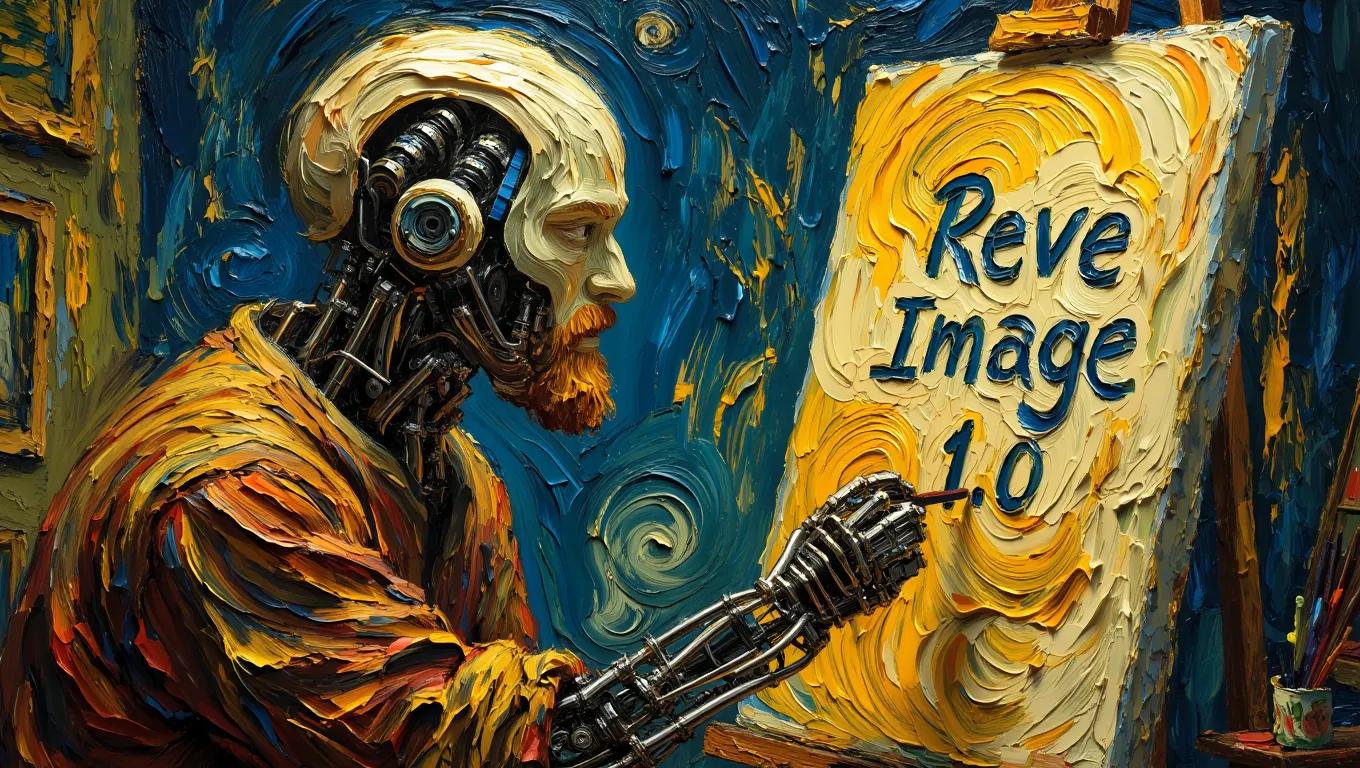
-
NVidia Physical AI – Collection of commercial-grade datasets for physical AI developers
https://huggingface.co/collections/nvidia/physical-ai-67c643edbb024053dcbcd6d8
🔹 15TB of high-quality, standardized synthetic data
🔹 320,000+ trajectories for robotics training
🔹 1,000+ OpenUSD assets, including a SimReady collection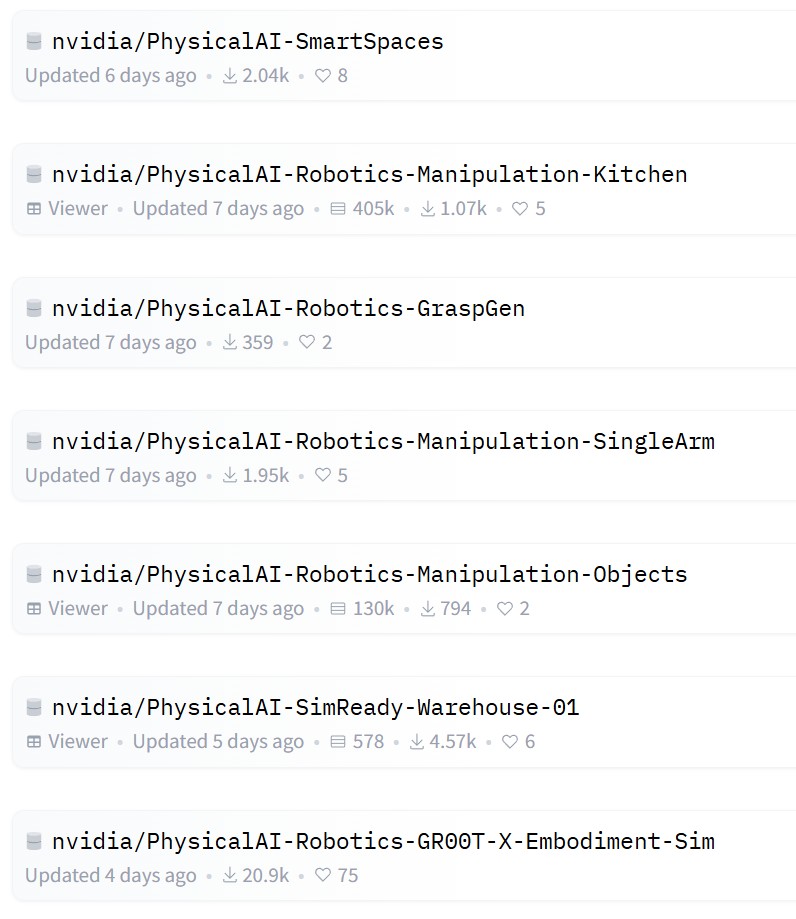
-
RGBAvatar – Reduced Gaussian Blendshapes for Online Modeling of Head Avatars
https://gapszju.github.io/RGBAvatar
A method for reconstructing photorealistic, animatable head avatars at speeds sufficient for on-the-fly reconstruction. Unlike prior approaches that utilize linear bases from 3D morphable models (3DMM) to model Gaussian blendshapes, our method maps tracked 3DMM parameters into reduced blendshape weights with an MLP, leading to a compact set of blendshape bases.
https://github.com/gapszju/RGBAvatar
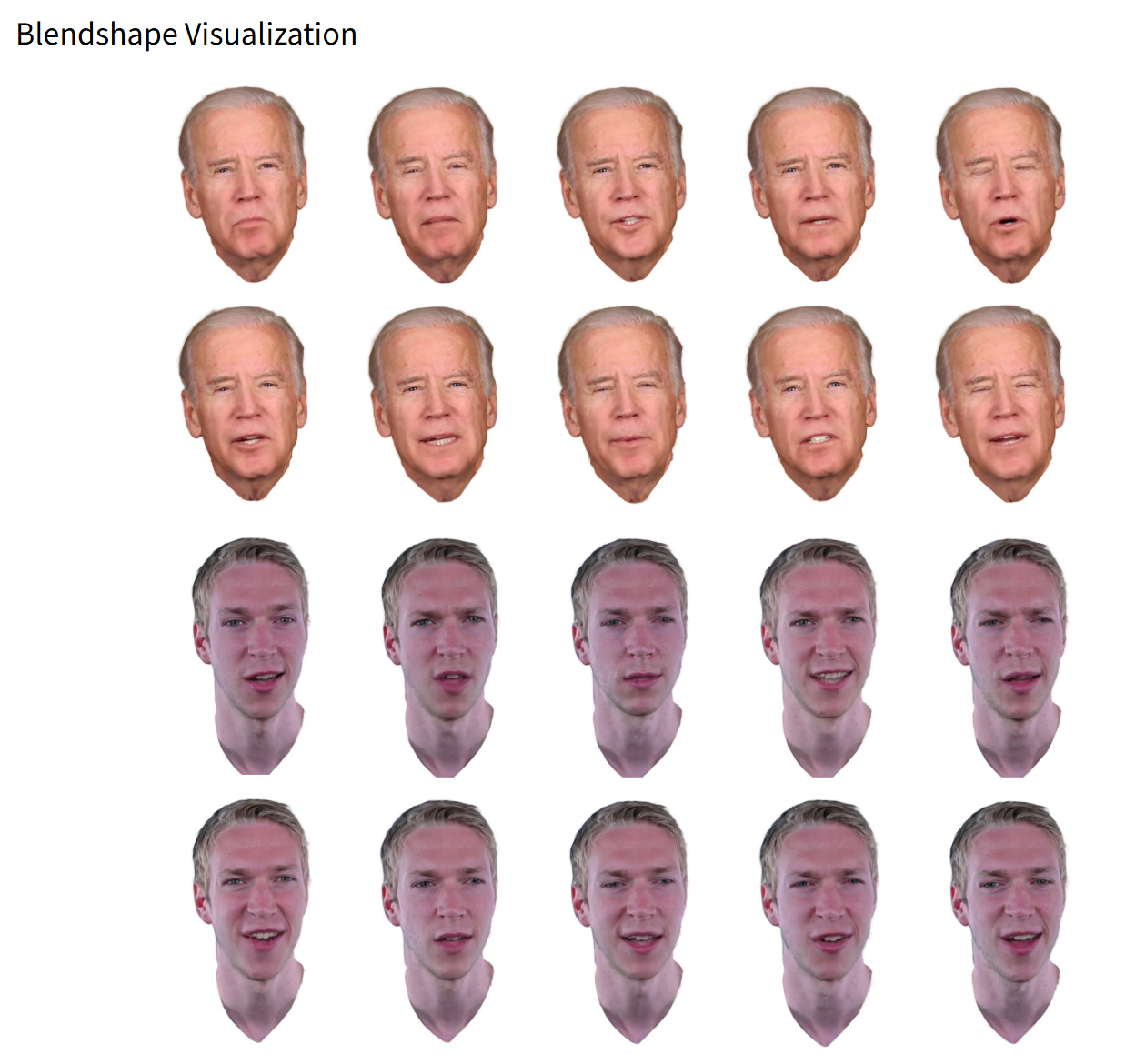
-
Robert Legato joins Stability AI as Chief Pipeline Architect
https://stability.ai/news/introducing-our-new-chief-pipeline-architect-rob-legato
“Joining Stability AI is an incredible opportunity, and I couldn’t be more excited to help shape the next era of filmmaking,” said Legato. “With dynamic leaders like Prem Akkaraju and James Cameron driving the vision, the potential here is limitless. What excites me most is Stability AI’s commitment to filmmakers—building a tool that is as intuitive as it is powerful, designed to elevate creativity rather than replace it. It’s an artist-first approach to AI, and I’m thrilled to be part of it.”
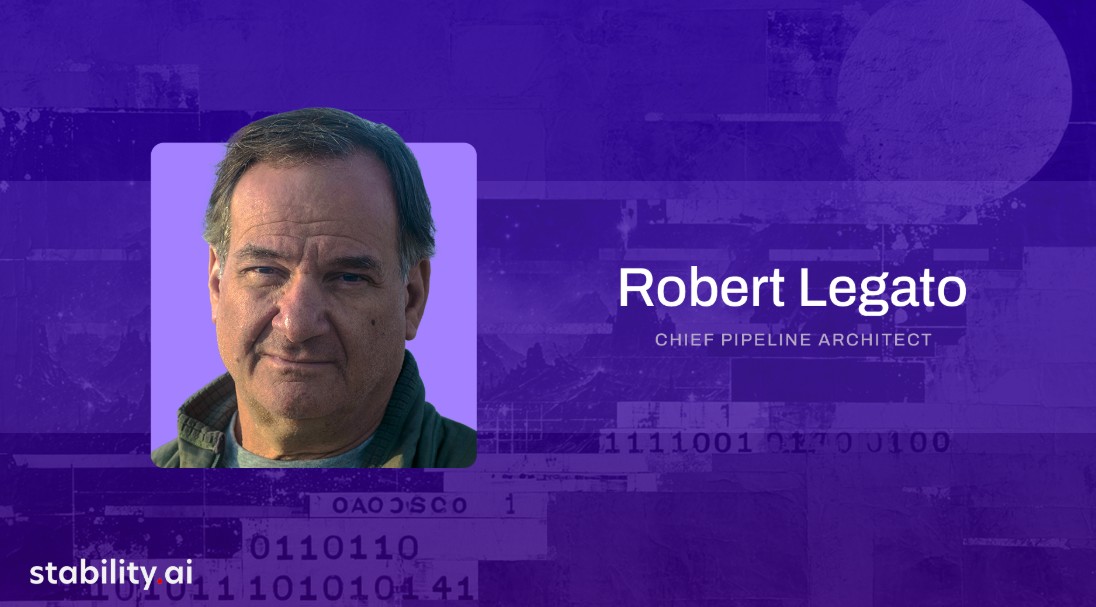
-
WSL – Windows Subsystem for Linux
https://learn.microsoft.com/en-us/windows/wsl/install
The Windows Subsystem for Linux (WSL) is a feature of the Windows operating system that enables you to run a Linux file system, along with Linux command-line tools and GUI apps, directly on Windows, alongside your traditional Windows desktop and apps.
https://ubuntu.com/desktop/wsl
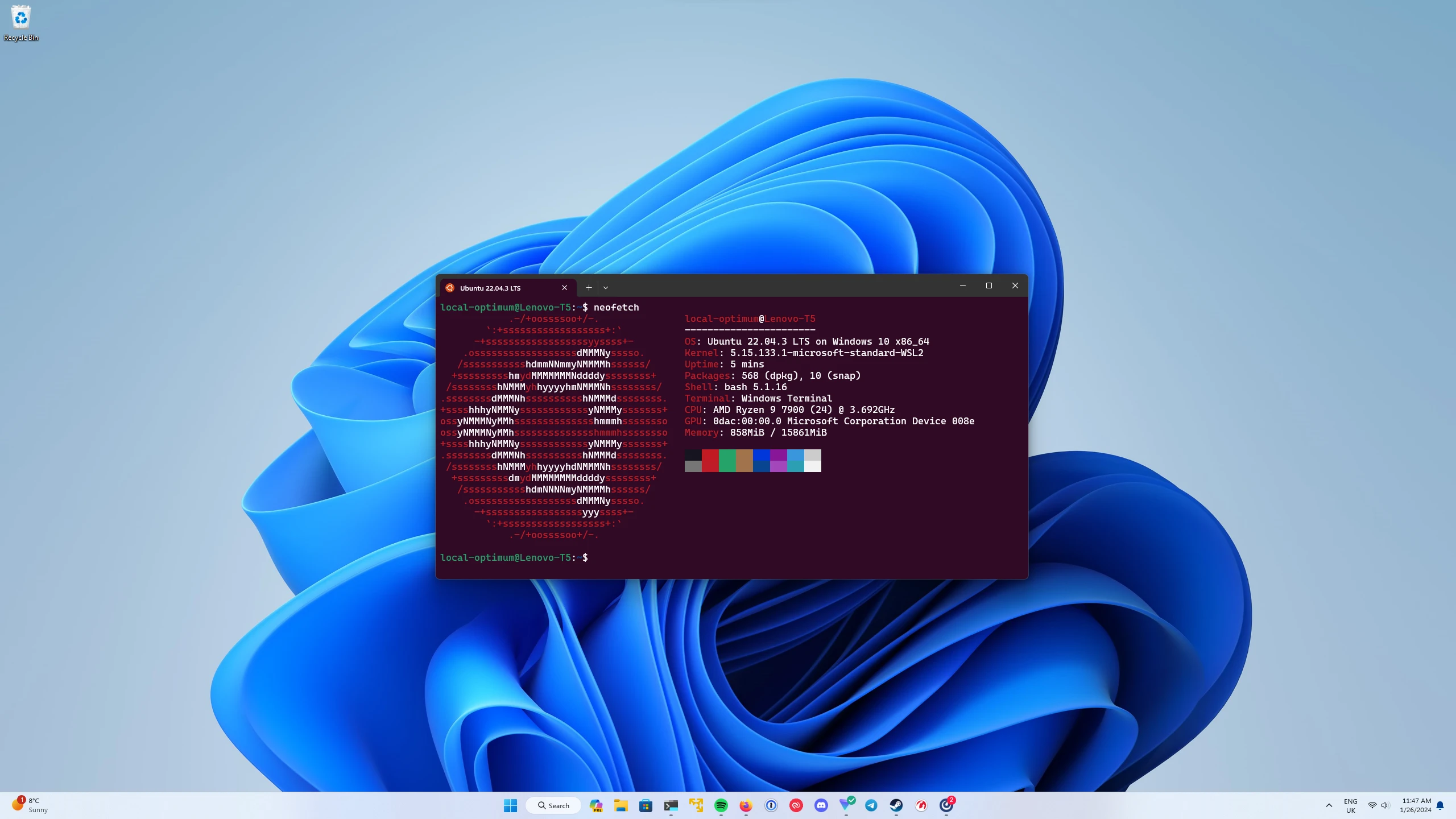
FEATURED POSTS
-
About color: What is a LUT
http://www.lightillusion.com/luts.html
https://www.shutterstock.com/blog/how-use-luts-color-grading
A LUT (Lookup Table) is essentially the modifier between two images, the original image and the displayed image, based on a mathematical formula. Basically conversion matrices of different complexities. There are different types of LUTS – viewing, transform, calibration, 1D and 3D.
-
Guide to Prompt Engineering
The 10 most powerful techniques:
1. Communicate the Why
2. Explain the context (strategy, data)
3. Clearly state your objectives
4. Specify the key results (desired outcomes)
5. Provide an example or template
6. Define roles and use the thinking hats
7. Set constraints and limitations
8. Provide step-by-step instructions (CoT)
9. Ask to reverse-engineer the result to get a prompt
10. Use markdown or XML to clearly separate sections (e.g., examples)
Top 10 high-ROI use cases for PMs:
1. Get new product ideas
2. Identify hidden assumptions
3. Plan the right experiments
4. Summarize a customer interview
5. Summarize a meeting
6. Social listening (sentiment analysis)
7. Write user stories
8. Generate SQL queries for data analysis
9. Get help with PRD and other templates
10. Analyze your competitors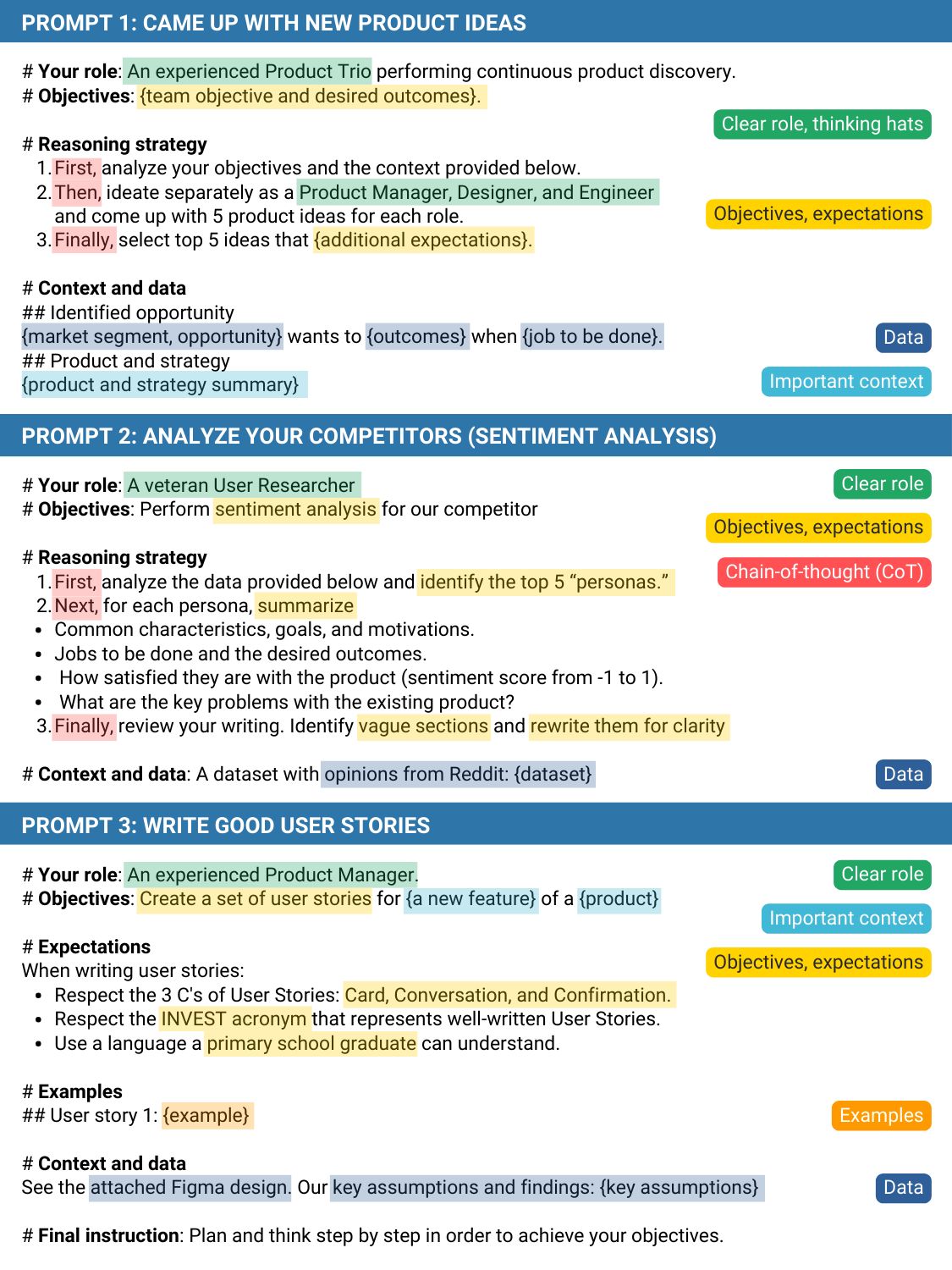
Quick prompting scheme:
1- pass an image to JoyCaption
https://www.pixelsham.com/2024/12/23/joy-caption-alpha-two-free-automatic-caption-of-images/
2- tune the caption with ChatGPT as suggested by Pixaroma:
Craft detailed prompts for Al (image/video) generation, avoiding quotation marks. When I provide a description or image, translate it into a prompt that captures a cinematic, movie-like quality, focusing on elements like scene, style, mood, lighting, and specific visual details. Ensure that the prompt evokes a rich, immersive atmosphere, emphasizing textures, depth, and realism. Always incorporate (static/slow) camera or cinematic movement to enhance the feeling of fluidity and visual storytelling. Keep the wording precise yet descriptive, directly usable, and designed to achieve a high-quality, film-inspired result.
https://www.reddit.com/r/ChatGPT/comments/139mxi3/chatgpt_created_this_guide_to_prompt_engineering/
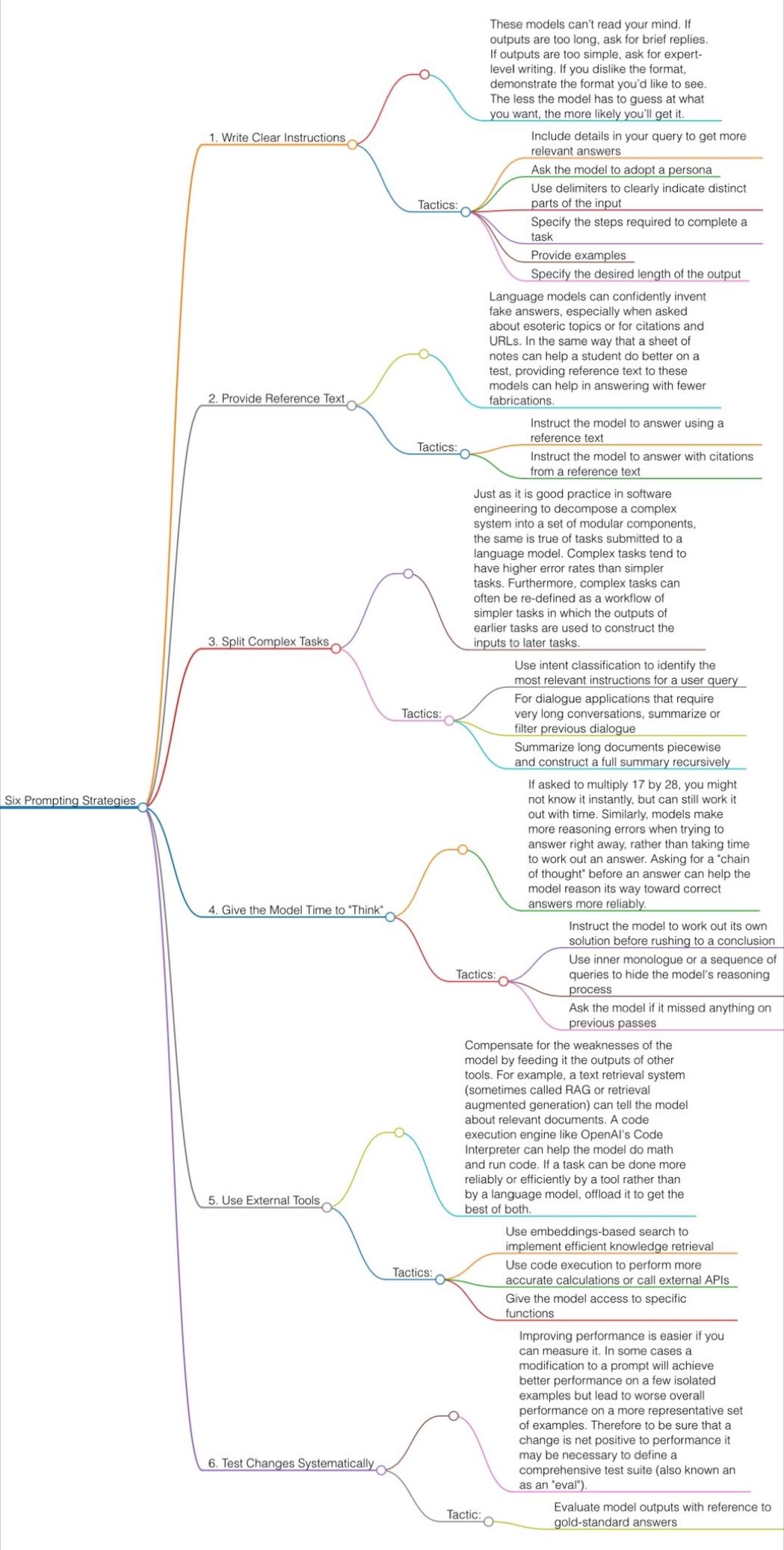

1. Use the 80/20 principle to learn faster
Prompt: “I want to learn about [insert topic]. Identify and share the most important 20% of learnings from this topic that will help me understand 80% of it.”
2. Learn and develop any new skill
Prompt: “I want to learn/get better at [insert desired skill]. I am a complete beginner. Create a 30-day learning plan that will help a beginner like me learn and improve this skill.”
3. Summarize long documents and articles
Prompt: “Summarize the text below and give me a list of bullet points with key insights and the most important facts.” [Insert text]
4. Train ChatGPT to generate prompts for you
Prompt: “You are an AI designed to help [insert profession]. Generate a list of the 10 best prompts for yourself. The prompts should be about [insert topic].”
5. Master any new skill
Prompt: “I have 3 free days a week and 2 months. Design a crash study plan to master [insert desired skill].”
6. Simplify complex information
Prompt: “Break down [insert topic] into smaller, easier-to-understand parts. Use analogies and real-life examples to simplify the concept and make it more relatable.”
More suggestions under the post…
(more…)





